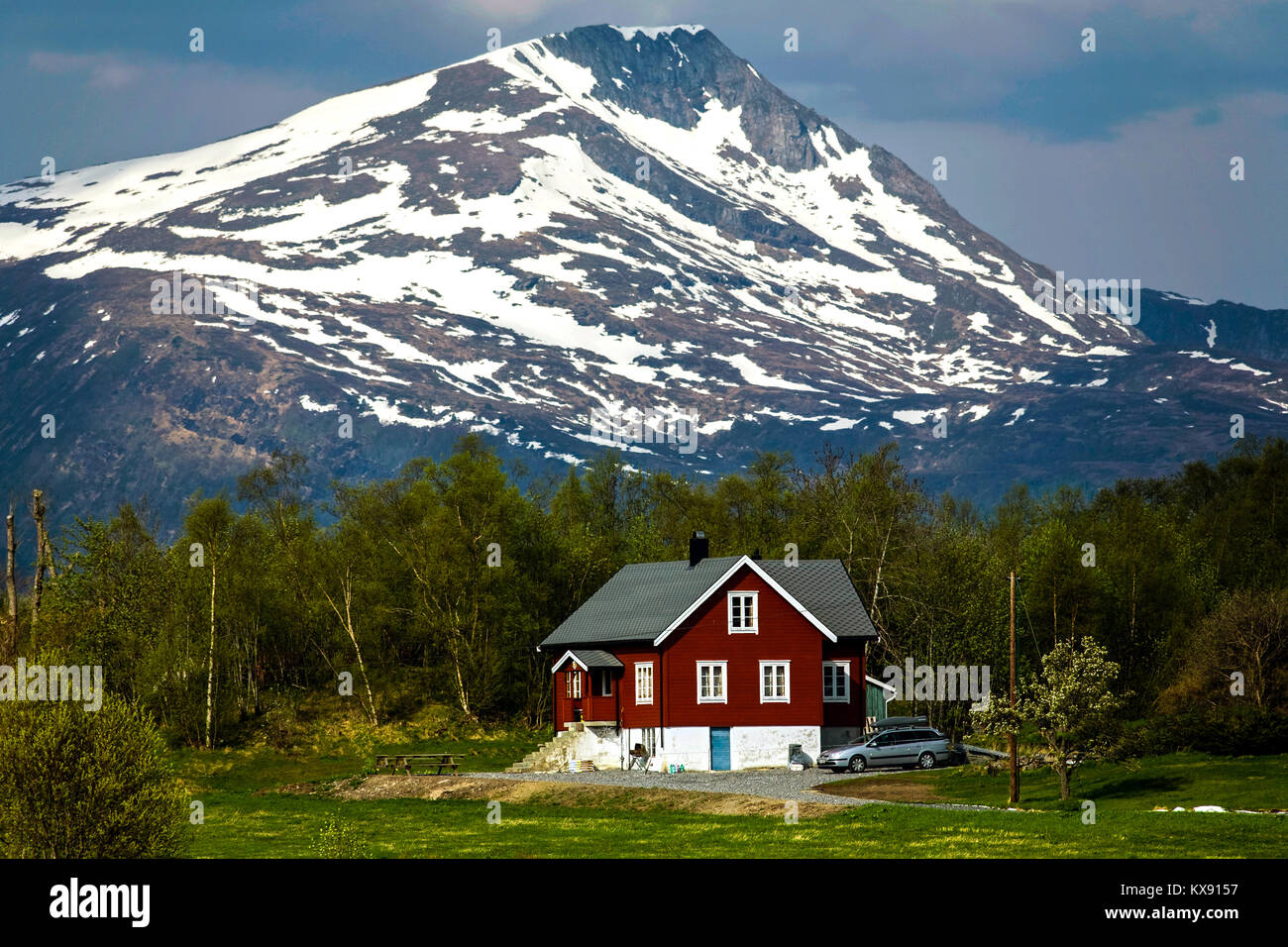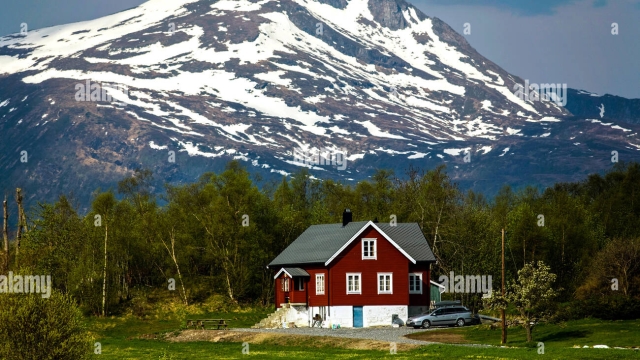Harvest from the Ocean: Unlocking the Secrets of Coastal Farming

Harvest from the Ocean: Unlocking the Secrets of Coastal Farming
The coastal region is a treasure trove of natural resources, offering a world of possibility for those who dare to venture beyond the shores. Amidst the crashing waves and salty ocean breeze lies an untapped potential – the coastal farm. This unique agricultural endeavor combines the best of both worlds, incorporating elements of traditional farming and ranching with the abundance of the sea.
Coastal farms offer an intriguing alternative to conventional land-based agriculture. By harnessing the power of the ocean, farmers and ranchers in these areas are able to cultivate a bountiful harvest of both land and sea. Imagine rows of vibrant crops flourishing near the water’s edge, nourished by the minerals and nutrients carried in by the tides. Picture herds of livestock grazing on nutrient-rich coastal grasses, benefiting from the diverse and robust ecosystem that surrounds them.
With their close proximity to the ocean, coastal farms have the unique advantage of utilizing the abundant resources of the sea. Seaweed, for example, is a nutrient-dense and highly sustainable crop that can be grown in various coastal regions. Its versatility goes beyond its nutritional value, as it also has applications in biofuels, animal feed, and even cosmetics. Additionally, shellfish such as oysters and mussels can be farmed in coastal waters, providing a valuable source of protein and contributing to the health of surrounding marine ecosystems.
The concept of coastal farming opens up intriguing possibilities for sustainable agriculture. By embracing the marriage of land and sea, we can unlock the secrets of this unique agricultural practice and discover new ways to feed a growing population. Through innovative techniques and careful stewardship of our coastal resources, we are able to tap into the incredible potential of coastal farms, ensuring a harmonious balance between human development and the preservation of our precious natural environment.
Benefits of Coastal Farming
Coastal farming offers a multitude of advantages that make it a highly favorable practice for farmers and ranchers alike.
Firstly, one of the key benefits of coastal farming is the abundant access to water. The proximity to the ocean provides a consistent and reliable source of irrigation for crops. With the ocean just a stone’s throw away, coastal farmers can easily harness this water resource to maintain optimal moisture levels in their fields, ensuring the healthy growth of their crops.
Additionally, the coastal environment offers a unique microclimate that is conducive to agriculture. The ocean’s moderating influence helps to regulate temperatures, preventing extreme fluctuations and creating a more stable growing environment. This allows farmers to cultivate a wider range of crops throughout the year, optimizing their production and diversifying their agricultural offerings.
Moreover, the nutrient-rich nature of coastal soil is another significant advantage of coastal farming. Over time, the ocean deposits sediments along the shoreline, enriching the soil with vital minerals and organic matter. This nutrient-dense soil provides a fertile foundation for crops, leading to higher yields and improved overall crop quality.
In conclusion, coastal farming presents numerous advantages that contribute to its appeal for farmers and ranchers. Access to water, favorable microclimates, and nutrient-rich soil are just a few of the benefits that make coastal farming a promising endeavor. By tapping into this coastal ecosystem, farmers can unlock the potential of coastal farming and harness its secrets for sustainable agricultural success.
Challenges and Solutions
-
Scale and Scope:
One of the primary challenges faced by coastal farms and ranches is the sheer scale and scope of their operations. The vastness of the ocean poses unique obstacles when it comes to cultivating and harvesting crops or raising livestock. The expansive nature of coastal farmland makes it difficult to navigate and monitor effectively. To tackle this challenge, innovative technologies such as satellite imagery and drone surveillance have been employed to provide comprehensive coverage, enabling farmers and ranchers to overcome the limitations of scale. By leveraging these cutting-edge solutions, coastal farmers can efficiently manage their farms, ensuring optimal productivity and sustainable practices. -
Environmental Factors:
Coastal farms and ranches also grapple with various environmental factors that can significantly impact their operations. Strong coastal winds, saltwater intrusion, and unpredictable weather patterns pose threats to crop yields and livestock well-being. Additionally, the delicate balance of marine ecosystems requires careful management to avoid detrimental effects on the environment. To address these challenges, coastal farmers and ranchers have implemented protective infrastructure like windbreaks, salt-resistant crops, and advanced irrigation systems. Moreover, they work closely with environmental experts to develop sustainable practices that minimize negative impacts on the delicate coastal ecosystems. -
Economic Considerations:
Running a coastal farm or ranch comes with its share of economic considerations. Coastal properties often carry higher costs due to their desirable locations and proximity to the ocean. Furthermore, transportation expenses can be significant, especially when shipping fresh produce to distant markets. Coastal farmers must find innovative solutions to maximize their profitability while managing these additional financial pressures. Diversifying their operations, exploring niche markets, and implementing efficient supply chain management are some of the strategies adopted to overcome economic challenges. Collaborations with local businesses and community-supported agriculture programs also provide opportunities for sustainable growth and increased market access.
By addressing these challenges head-on and implementing innovative solutions, coastal farms and ranches can truly unlock the potential of coastal farming. Despite the hurdles they face, the coastal farming industry continues to thrive thanks to the dedication and resilience of farmers and ranchers. Stay tuned for the next section, where we will explore the benefits and future prospects of coastal farming.
Coastal Farming Techniques
Coastal farming is a unique and innovative approach to agriculture that takes advantage of the rich resources found along the shores. By utilizing various techniques, farmers can harness the power of the ocean to cultivate crops and raise animals in a sustainable and environmentally friendly manner.
-
Aquaponics: One of the key techniques used in coastal farming is aquaponics. This method combines aquaculture (raising aquatic animals) with hydroponics (growing plants in water). By creating a symbiotic relationship between fish and plants, aquaponics provides a closed-loop system where fish waste is utilized as fertilizer for plant growth, while the plants filter and purify the water for the fish. This technique is highly efficient and helps maximize productivity while minimizing water usage.
-
Seaweed Cultivation: Seaweed is another valuable resource found along the coast that can be cultivated for various purposes. Coastal farmers use specialized techniques to grow and harvest different types of seaweed for industries such as food, biofuels, and cosmetics. Seaweed farming involves the use of specially designed floating structures or ropes to grow the seaweed, taking advantage of the nutrient-rich waters and sunlight availability.
-
Coastal Grazing: Coastal farming also extends to raising livestock along the shores. The availability of coastal grasses provides an excellent opportunity for farmers to practice coastal grazing. Animals like sheep and cattle are allowed to graze on seaside pastures, benefiting from the nutrient-dense grasses and the natural diversity of coastal ecosystems. This technique not only provides a sustainable source of food but also helps maintain the coastal ecosystems by preventing the overgrowth of vegetation.
In conclusion, coastal farming techniques offer exciting possibilities for sustainable agriculture and resource management. Aquaponics, seaweed cultivation, and coastal grazing are just a few examples of how farmers can utilize the resources provided by the ocean to cultivate crops and raise animals in an environmentally conscious manner. By tapping into the secrets of coastal farming, we can unlock a bountiful harvest from the ocean while preserving the delicate balance of coastal ecosystems.
